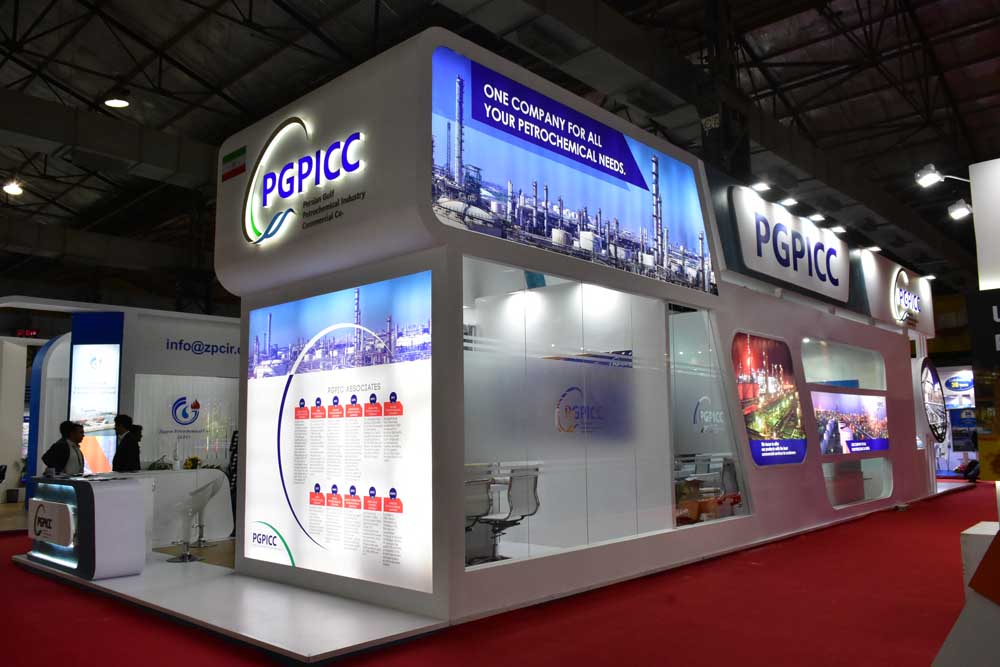
Immersive Brand Experiences
The world of marketing and advertising is constantly evolving, with advancements in technology shaping the way brands engage with their audiences. One such innovation that has gained significant traction in recent years is the integration of artificial intelligence (AI) and virtual reality (VR) into exhibits. This fusion of technology has revolutionized the way brands create immersive experiences, allowing them to transport their customers into virtual worlds and engage them on a whole new level.
Virtual Reality Experiences
Virtual reality has come a long way since its inception, and it has now become a key tool in the marketing arsenal of many brands. VR experiences allow consumers to step into a virtual environment and interact with a brand on a highly personal level. Whether it's exploring a virtual storefront, test-driving a new car, or experiencing a thrilling adventure, VR enables brands to create memorable experiences that leave a lasting impact on their customers.
One of the biggest advantages of VR experiences is their ability to transport users to any location or time period. Attendees at a trade show, for example, could be instantly transported to a different country to explore a cultural exhibit or walk through a historical event. This level of immersion not only enhances the overall brand experience but also enables brands to tell their story in a more engaging and interactive way.
Virtual Reality Technology
The technology behind VR experiences has rapidly evolved over the years, bringing down costs and increasing accessibility. Today, brands can leverage standalone VR headsets, such as the Oculus Quest, that offer wireless, high-resolution experiences without the need for additional equipment or a powerful gaming PC. This makes VR experiences more accessible to a wider audience, allowing brands to reach consumers who may not have previously had access to VR technology.
Additionally, advancements in AI have further enhanced the virtual reality experience. AI-powered algorithms can now analyze user behavior in real-time and adapt the virtual environment accordingly. For example, if a user is hesitating or showing signs of discomfort, the AI can adjust the experience to ensure a more comfortable and enjoyable journey. This level of personalization creates a truly immersive experience that feels tailored to each individual, further strengthening the brand-consumer connection.
Augmented Reality Exhibits
While VR experiences are undoubtedly impressive, augmented reality (AR) exhibits offer a different approach to immersive branding. AR overlays virtual elements onto the real world, allowing users to interact with virtual objects in their physical environment. This blend of reality and virtuality opens up new possibilities for brands to engage their audience in unique and interactive ways.
Augmented reality exhibits can range from interactive product demonstrations to gamified experiences that encourage attendees to explore and discover different elements. For example, a cosmetics brand could create an AR mirror that allows users to virtually try on different shades of lipstick or experiment with various makeup looks. This not only enhances the overall brand experience but also provides valuable insights into customer preferences and behaviors.
The Future of Exhibits
The integration of AI and VR technology into trade show exhibits is set to shape the future of brand experiences. As technology continues to advance, we can expect to see even more immersive and interactive showcases that blur the lines between reality and virtuality. Brands will be able to create virtual environments that mimic their physical stores or offer entirely new and innovative experiences that capture the imagination of their audience.
Moreover, the use of AI will enable exhibits to become even smarter and more adaptive. AI algorithms will analyze vast amounts of data to gain insights into customer preferences, behaviors, and engagement levels. This data-driven approach will allow brands to continuously optimize their exhibits, making them more relevant and compelling for their target audience.
In conclusion, the future of exhibits lies in the integration of AI and virtual reality. By leveraging these technologies, brands can create immersive experiences that transport their audience into virtual worlds and connect with them in a profound way. Whether it's through virtual reality or augmented reality, the possibilities for brands to redefine the concept of exhibits are endless. As technology continues to evolve, we can expect to witness increasingly innovative and immersive brand experiences that captivate and engage audiences like never before.
























